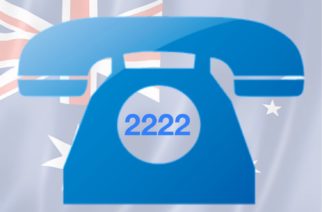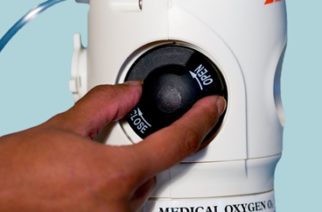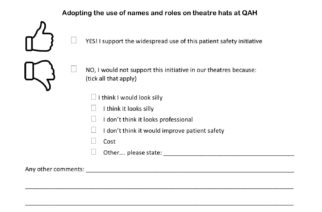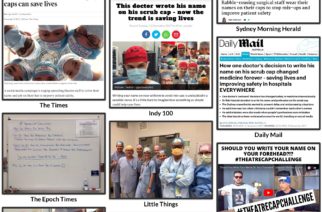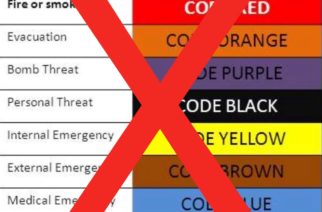Author: patientsafe@icloud.com
Australian Standardisation of the Hospital Emergency Number
Welcome to the Australian Standardisation of the Hospital Emergency Number (ASHEN) web page. In 2006 the British NHS and private hospitals achieved standardisation of their hospital emergency number (crash call/cardiac arrest number) at 2222. The rest of Europe and several other countries internationally are working to follow suit with 2222. […]
A challenge to cloth theatre caps
Oxygen Cylinders – Deadly by Design
After 6 reported deaths and over 400 reported incidents related to oxygen cylinder use the NHS released this patient safety alert (click on image for more details): These are only the reported cases – the number of true cases will be several magnitudes greater. Father of two, Roland Bull, […]
Should we support the widespread use of name & role theatre hats?
Dr Zoe Burton is an anaesthetist in the NHS and a true patient safety advocate. She’s already carried out lots of amazing work particularly in relation to reducing medication errors. I first came across Zoe on social media boldly wearing a theatre hat with her name & role emblazoned over […]
Why do we resist new thinking about safety systems?
#TheatreCapChallenge – In The Media
The #TheatreCapChallenge has been discussed in mainstream media internationally with write ups in Chinese, American, Russian, Japanese, Korean, Spanish and Indonesian newspapers. Over 2 days it was the most read article in the Sydney Morning Herald with over 1 million reads on one day, over 300,000 likes and 30,000 comments […]
#TheatreCapChallenge – Where’s The Evidence?
For those unsure that clearly displaying ones name and role will improve communication, teamwork and patient outcomes this may help: An RCT which demonstrates that wearing hats would lead to prevention of patient deaths require over a million patients in either limb. This is because because of the frequency of […]
Listening Into Action
Plain Language Alerts?
Colour coding alert systems perhaps complicate our work environments unnecessarily. I’ve always wondered why they haven’t just said what the alert is. They’re not internationally recognised (a myriad of different systems here) aren’t intuitive, occur extremely rarely in some cases and may be easily forgotten. Misinterpretation of colour coding can […]


